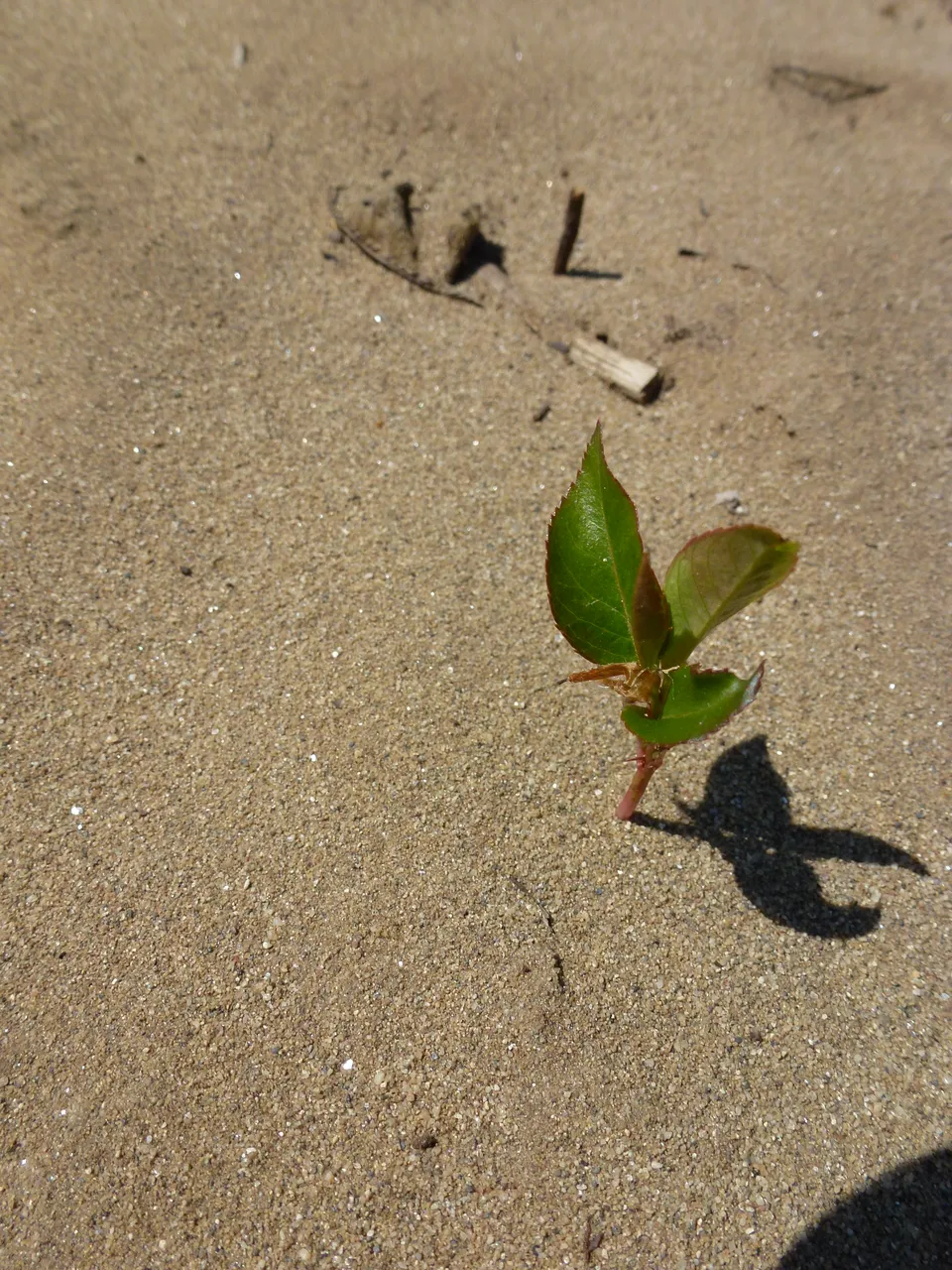On collage our professors often talk about Đurđevački sands and they are constantly surprised how little of us were there. Therefore on Saturday morning we decided to go on one day trip to see it with are own eyes.

On our way we stopped for a little break on one fishpond. There were dozens of fisherman enjoying under the blue sky.


During driving we enjoyed very much because our path to our destination was really relaxing and landscape was combination of fields and forest. We saw beautiful yellow fields with rapeseed.


When we arrived in Đurđevački sands we immediately went in exploring every corner of desert. This are actually desert remains because large area today are afforested. One hundred years ago people who lived near the Đurđevački sands had difficult life and sands only made it worse. Desert dunes have brought sand on fields, streets and into the homes of local people. To solve that problem residents of this area agreed to start planting seedlings of European red pine ( Pinus sylvestris L. ), Austrian pine or black pine ( Pinus nigra Arnold ) and also they planted different kind of bushes to prevent further expanding of desert.

Couple photos from museum of desert before reforestation.



After one hundred years, the results are astonishing. The plants which were planted in past are now beautiful high forests of European red pine and Austrian pine. This is example of very successful reforestation of very extreme habitat. We entered in the reforested part with European red pine. It was difficult to walk trough forest because there were lots of branches and bushes.



European red pine ( Pinus sylvestris L. )

Bark of European red pine is recognized by its longitudinal cracks which are red inside.

On this photo you can see male orange/red flowers and little female cones.

Foliage of pine are needles and this one has two needles growing from one whorl.

Cones fallen from pine tree.

Scotch broom ( Cytisus scoparius L. )
This is woody bush that can grow up to 2 meters high.

Branches are like broom and leafs are small, composed of three leaflets.

Flowers are golden yellow and they bloom in May and June.

This species was used for reforestation in history. Today it spreads very aggressively so it needs to be mechanically removed to prevent further overgrowing of persisting sand dunes.

Filed pansy ( Alyssum montanum L. spp. gmelinii (Jord.) Em. Schmid )
This is perennial plant up to 20 centimeters high.

Inflorescence is made by small yellow flowers.

It grows very often on sands, on arable land.

Hawkweed ( Hieracium echioides Lamn. )
Hawkweed is perennial plant which can grow up to 80 cm high. This plant also have yellow flowers.

Bird cherry ( Prunus padus )
Deciduous tree that can grow 10 to 20 meters high.

Flowers are in white clusters and they bloom in April. We couldn't believe how sweet aroma of flowers can be.


Some more plants and moss that we couldn't determinate!



(

In the middle of the desert

Đurđevački sands were protected in 1963. as special geographical-botanical reservation to protect the desert remains and specific animals and plants in it. In past people fought the desert for their survival in these lands, but today the desert is the one which needs to be protected.









There were a lot of lizards running among the bushes. We managed to take photo of one peeking from the hole.

In the end we went in city Đurđevac straight to restaurant. Restaurant is called Old city Đurđevac and it is located in old fortress.



After the meal we went to museum and tiny zoo, but we will write that down in our next post.
All photos were taken by us.

Enjoy your day! 😄